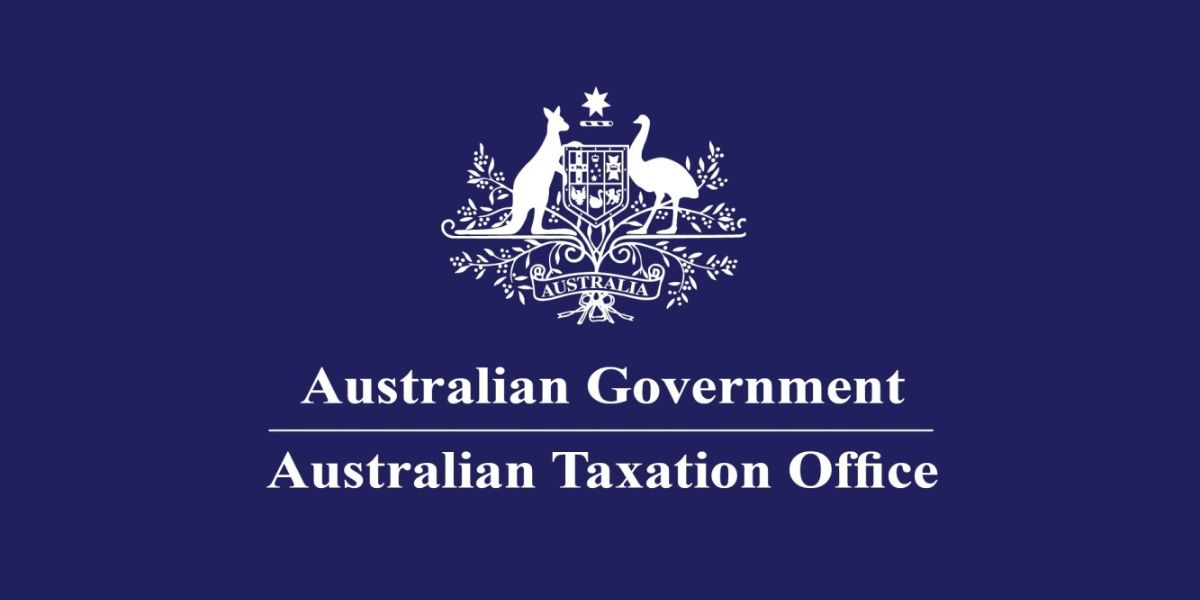The Australian Taxation Office (ATO) has initiated a public consultation regarding the implementation of the thin capitalisation third-party debt test [Draft Taxation Ruling (TR) 2024/D3]. Additionally, it addresses the associated Schedule 3 of Draft Practical Compliance Guideline (PCG) 2024/D3, which outlines the compliance approach for the third-party debt test.
This draft Ruling sets out ATO’s views on aspects of the third party debt test (TPDT) in Subdivision 820-EAB of the Income Tax Assessment Act 1997. The focus of this Ruling is the third party debt conditions in section 820-427A. These conditions are relevant to working out an entity’s third party earnings limit, and therefore the amount of debt deductions (if any) disallowed under the TPDT in the thin capitalisation rules in Division 820.
The TPDT was introduced by the Treasury Laws Amendment (Making Multinationals Pay Their Fair Share—Integrity and Transparency) Act 2024 (Act). It replaces the arm’s length debt test for general class investors and financial entities. It is designed to be a simpler and more streamlined test to apply and administer than the arm’s length debt test, which operated based on valuation metrics and a “hypothesised entity comparison”. Its design reflects that the earnings-based rules may not work appropriately for asset-heavy sectors with long depreciation periods, such as the infrastructure and property sectors.
The consultation is set to conclude on 7 February 2025.
Ruling
Subsection 820-427A(1)
An entity’s “third party earnings limit” is determined for each income year in relation to which the TPDT applies.
The third party earnings limit for an income year is the sum of each debt deduction of the entity for that year that is attributable to a debt interest issued by the entity that satisfies the third party debt conditions in relation to the income year.
- The words “attributable to” are not defined for the purposes of subsection 820-427A(1). The word “attributable” denotes something like “belonging to” or “caused by”. It has been stated by the courts that ‘[t]he meaning of the word “attributable”, where used in legislation, is sensitive to context’. In the context it appears, “attributable to” in subsection 820-427A(1) reflects a similar nexus enquiry as “in relation to”, as it appeared in subsection 820-40(1) prior its amendment by the Act.
Subsection 820-427A(2)
Under subsection 820-427A(2), a debt deduction is treated as being attributable to a debt interest issued by the entity to the extent it is directly associated with hedging or managing the interest rate risk in respect of the debt interest and is not referable to an amount paid or payable, directly or indirectly, to an associate entity.[24]
The Explanatory Memorandum to the Treasury Laws Amendment (Making Multinationals Pay Their Fair Share—Integrity and Transparency) Bill 2023 (EM) provides that this rule is intended to only cover conventional “interest rate swap” arrangements between unrelated parties.[25]
Subsection 820-427A(2) is designed to cover debt deductions that are not otherwise attributable to a debt interest (namely, debt deductions in relation to conventional interest rate swaps). These debt deductions were brought within the definition of “debt deduction” by amendments to section 820-40 made by the Act. Subsection 820-427A(2) is directed towards those debt deductions. It does not operate, for example, to treat a debt deduction that is in fact attributable to one debt interest as being attributable to another.
Paragraph 820-427A(2)(a)
For a debt deduction to satisfy paragraph 820-427A(2)(a), it must be “directly associated with hedging or managing the interest rate risk in respect of the debt interest”.
The words “directly associated with” require a direct link between the debt deduction and the hedging or managing activities described. To the extent a debt deduction is not directly associated with those activities it will not satisfy paragraph 820-427A(2)(a). For example, where the debt deduction arises under a separate trading or speculative arrangement or is otherwise unrelated to hedging or managing interest rate risk in respect of the debt interest.
In paragraph 820-427A(2)(a), the words “the interest rate risk” qualify both “hedging”, and “managing”. A debt deduction that is directly associated with “hedging” the debt interest is therefore only covered by paragraph 820-427A(2)(a) if it is directly associated with hedging the interest rate risk in respect of the debt interest.
Paragraph 820-427A(2)(b)
For a debt deduction to satisfy paragraph 820-427A(2)(b), it must not be referable to an amount paid or payable, directly or indirectly, to an associate entity of the entity. A debt deduction paid directly to an associate entity of the entity will therefore not satisfy paragraph 820-427A(2)(b).
Subsection 820-427A(3)
A debt interest issued by an entity satisfies the “third party debt conditions” in relation to an income year if the conditions set out in paragraphs 820-427A(3)(a) to (e) are satisfied.
Paragraph 820-427A(3)(a)
Paragraph 820-427A(3)(a) is satisfied in relation to an income year if the entity issued the debt interest to an entity that is not an associate entity of the entity.
If this condition is satisfied in relation to the income year the debt interest is issued, it will be satisfied in relation to subsequent income years the debt interest remains on issue.
Paragraph 820-427A(3)(b)
Paragraph 820-427A(3)(b) is satisfied in relation to an income year if the debt interest is not held at any time in the income year by an entity that is an associate entity of the entity.
Paragraph 820-427A(3)(b) is tested continuously throughout the period the relevant debt interest is on issue. A debt interest that is on issue for the whole income year must satisfy paragraph 820-427A(3)(b) for the whole income year. A debt interest on issue for part of an income year will satisfy paragraph 820-427A(3)(b) “in relation to an income year” if it satisfies that paragraph throughout the period it is on issue.
Paragraph 820-427A(3)(c)
Paragraph 820-427A(3)(c) is satisfied if, disregarding recourse to minor or insignificant assets, the holder of the debt interest has recourse for payment of the debt to which the debt interest relates only to Australian assets that are covered by subsection 820-427A(4) and are not rights covered by subsection 820-427A(5) (about credit support rights).
Paragraph 820-427A(3)(c) is tested continuously throughout the period the relevant debt interest is on issue. A debt interest that is on issue for the whole income year must satisfy paragraph 820-427A(3)(c) for the whole income year. A debt interest is on issue for part of an income year will satisfy paragraph 820-427A(3)(c) “in relation to an income year” if it satisfies that paragraph throughout the period it is on issue.
Recourse
In the context of paragraph 820-427A(3)(c), the expression “recourse for payment of the debt” refers to the holder’s ability to recover amounts owed to it by the issuer in respect of the debt to which the debt interest relates. It is used to delineate the pool of assets available in satisfaction or recovery of amounts owed to the holder of the debt interest by the issuer.
The assets the holder of a debt interest has recourse to is a practical question of fact that depends on the relevant circumstances, including the agreements between the parties, the assets held by the obligor group, and the operation of any legislative or regulatory regimes that may apply.
Relevant agreements may include:
- loan agreements
- credit facility agreements
- security agreements
- mortgages
- guarantees.
Having “recourse for payment of the debt” does not require an event of default or similar to have occurred, or for the holder of the debt interest to have immediately enforceable or non-contingent rights of recourse. The focus of the enquiry is on the assets available in satisfaction or recovery of amounts owed to the holder of the debt interest, such as in the event of a default. It is the assets themselves that are relevant, not, for example, the cash proceeds of any actual or hypothetical liquidation of them.
The concept of recourse is not the same as the concept of “security”. The assets the holder of the debt interest has recourse to are not necessarily limited to the assets (if any) in respect of which the holder has a security interest.
Assets available in satisfaction or recovery of amounts owed to an unsecured creditor are assets the unsecured creditor “has recourse” to for the purpose of paragraph 820-427A(3)(c).
Where the issuer or a member of the obligor group holds assets that are rights against another entity, those rights themselves are the relevant assets. Paragraph 820-427A(3)(c) does not require an entity to “look-through” those rights to any underlying assets held by the other entity, or to identify any assets the rights may directly or indirectly provide or allow recourse to.
The concept of “recourse” in paragraph 820-427A(3)(c) is the same as in paragraph 820-49(1)(b) (which is relevant to defining the “obligor group” in relation to the debt interest under section 820-49). The comments in this section of the Ruling therefore apply equally in relation to ‘recourse’ in paragraph 820-49(1)(b). Where the facts permit, the “obligor group” is indicated diagrammatically in some of the examples in paragraphs 44 to 141 of this Ruling.















